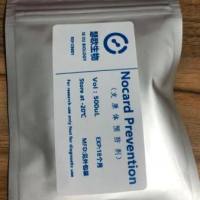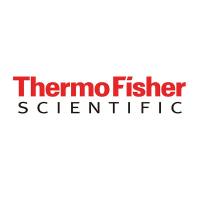Assessing Bad Sub-cellular Localization Under Conditions Associated with Prevention or Promotion of Mitochondrial Permeability Transition-Dependent To
互联网
760
Cells belonging to the monocyte/macrophage lineage are in general highly resistant to peroxynitrite, a reactive nitrogen species extensively produced by these and other cell types under inflammatory conditions. Resistance is not dependent on the scavenging of peroxynitrite but is rather associated with the prompt activation of a survival signaling in response to various molecules largely available at the inflammatory sites, as arachidonic acid and products of the 5-lipoxygenase or cyclooxygenase pathways. We detected significant levels of Bad in the mitochondria of monocytes/macrophages and found that these signaling pathways converge in Bad phosphorylation, and thus in its cytosolic accumulation. Phosphorylation inhibits binding of Bad to Bcl-2, or BclXL , and promotes its translocation to the cytosol, thereby enabling Bcl-2 and BclXL to exert effects leading to prevention of mitochondrial permeability� transition (MPT). Upstream inhibition of the survival signaling indeed promotes the mitochondrial accumulation of Bad and the rapid onset of MPT-dependent toxicity. The above results contribute to the definition of the mechanism(s) whereby monocytes/macrophages survive to peroxynitrite in inflamed tissues.









